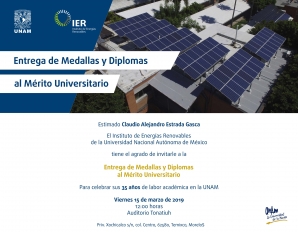Rohini Neendoor Mohan, M.T.S.Nair, P.K.Nair
Abstract
As a semiconductor of “earth-abundant” elements, Sn2S3 with a bandgap (Eg) close to 1 eV merits attention, but a method to prepare phase-pure thin film remains elusive. We report the formation of Sn2S3 thin film of 360 nm in thickness by heating chemically deposited tin sulfide thin films at 450 °C during 30–45 min in presence of sulfur at a pressure, 75 Torr of nitrogen. Energy dispersive x-ray emission spectra and grazing incidence x-ray diffraction established a reaction route for this conversion of SnS completely to Sn2S3 via an intermediate phase, SnS2. The optical bandgap of the material is 1.25 eV (indirect) and 1.75 eV (direct, forbidden). The optical absorption suggests a light-generated current density of 30 mA/cm2 for the Sn2S3 film (360 nm) as a solar cell absorber. Thin film Sn2S3 formed in 30 min heating has a p-type electrical conductivity in the dark of 1 × 10−4 Ω−1 cm−1, which increases to 3 × 10−4 Ω−1 cm−1 in 0.2 s under 800 W/m2 tungsten-halogen illumination. An estimate made for its mobility-lifetime product is, 6 × 10−6 cm2 V−1. We discuss the prospects of this material for solar cells.

